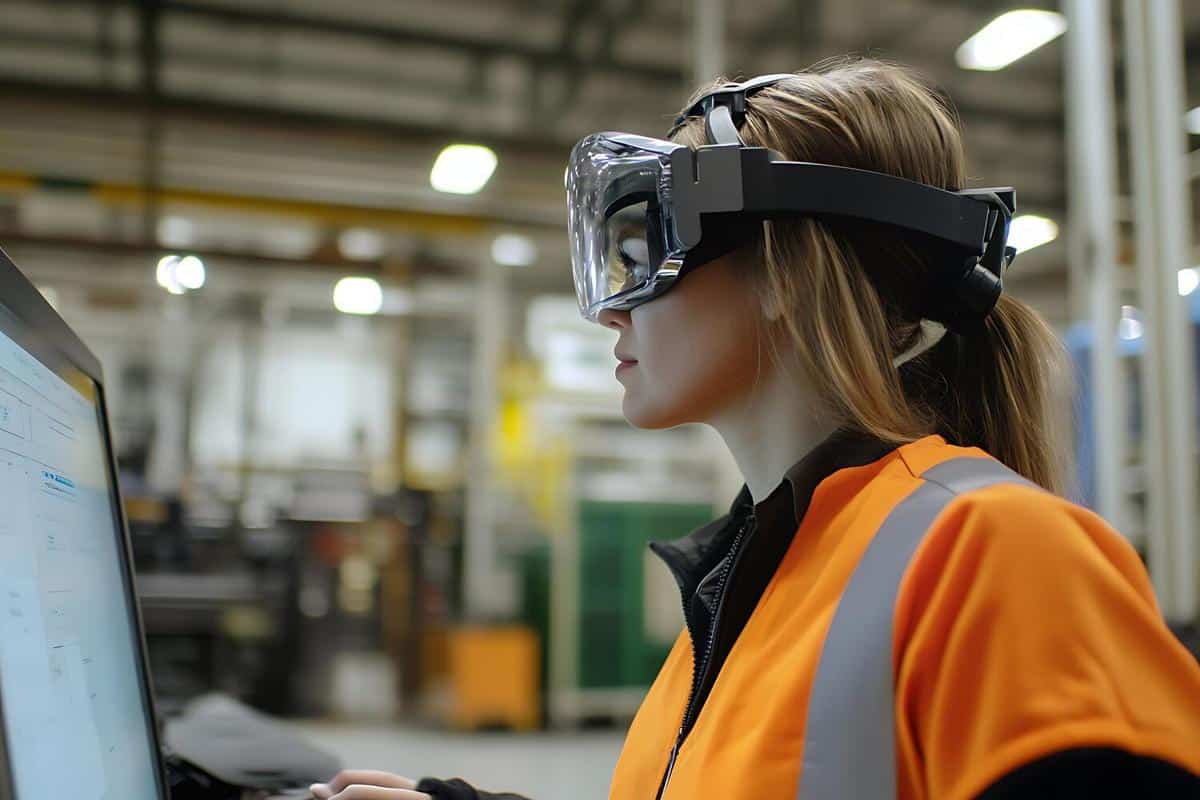
Exploring Augmented Reality in the Manufacturing Industry
Augmented reality (AR) is revolutionizing industries far and wide, but its impact on the manufacturing sector is particularly transformative. By overlaying digital information onto the physical world, AR is enhancing efficiency, safety, and innovation in manufacturing processes.
Understanding Augmented Reality in Manufacturing
Augmented reality in manufacturing involves using technology to superimpose computer-generated images onto real-world environments. This can include anything from assembly instructions to quality control data, helping workers perform tasks more efficiently and accurately.
Expert Insights
According to a report by PwC, nearly 70% of manufacturers are adopting AR solutions to enhance productivity and reduce errors. Industry leaders have noted that AR has become a crucial tool for training and maintenance, reducing downtime significantly.
Noteworthy Statistics
Research indicates that AR can improve worker performance by up to 30% and decrease the time required for tasks by 40%. These statistics underscore the transformative potential of AR in the manufacturing sector.
Real-World Examples
Consider the example of a renowned automotive manufacturer that implemented AR in its production line. Workers now use AR headsets that display assembly instructions and error alerts, leading to a 20% reduction in assembly time and a notable increase in accuracy.
Actionable Tips for Implementing AR
- Evaluate your current processes to identify areas where AR could add value.
- Start with a pilot program to test AR applications before a full-scale rollout.
- Invest in training sessions to help employees adapt to new AR technologies.
Benefits of Augmented Reality
| Benefit | Description |
|---|---|
| Improved Training | AR offers immersive training experiences, reducing the learning curve for new employees. |
| Enhanced Quality Control | Real-time data overlays help in identifying defects early in the production process. |
| Increased Safety | Workers receive live alerts about potential hazards, enhancing workplace safety. |
| Streamlined Maintenance | AR provides step-by-step guidance for maintenance tasks, reducing downtime. |
| Cost Efficiency | By minimizing errors and improving processes, AR contributes to cost savings. |
| Boosted Productivity | AR tools assist workers in completing tasks faster and more accurately. |
| Innovation Facilitation | AR encourages innovative approaches to problem-solving and design. |
| Collaboration Enhancement | Remote teams can collaborate using AR, bridging geographical gaps. |
Frequently Asked Questions
What is augmented reality in manufacturing?
Augmented reality in manufacturing involves using technology to overlay digital information onto real-world environments, aiding in tasks such as assembly and maintenance.
How does AR improve safety in manufacturing?
AR enhances safety by providing workers with real-time hazard alerts and safety instructions, reducing the risk of accidents.
Can small businesses benefit from AR in manufacturing?
Yes, AR can be scaled to fit the needs of small businesses, providing cost-effective solutions for training, quality control, and maintenance.
Conclusion
Incorporating augmented reality into manufacturing processes offers numerous benefits, from increased efficiency and safety to cost savings and innovation. As technology continues to evolve, the impact of AR on manufacturing will only grow, making it a vital tool for future-ready businesses. Manufacturers interested in AR should consider starting with a pilot program to explore its potential benefits fully. For more insights on how AR and other emerging technologies are shaping industries, visit our content portal.


